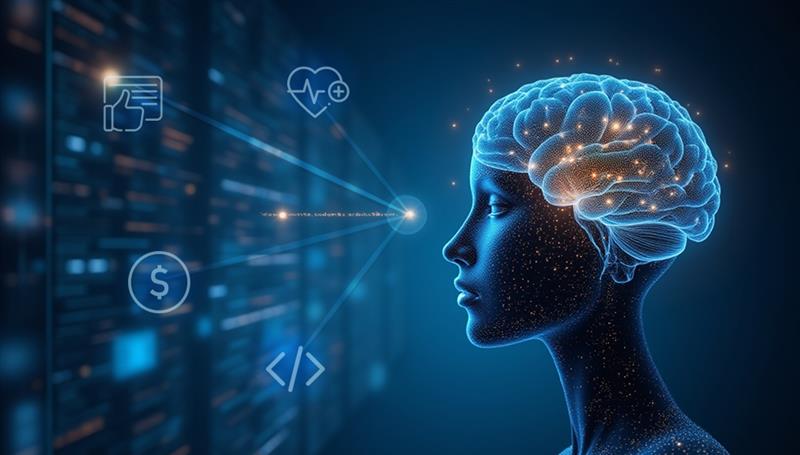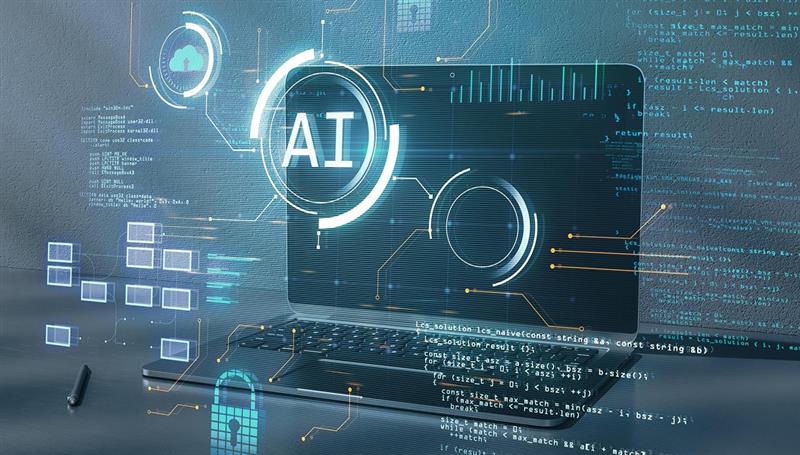Artificial Intelligence is not on the horizon anymore – it is already here. From personalized recommendations to code generation, from loan approvals to medical diagnostics, AI is shaping daily life. As these technologies become increasingly powerful, one thing becomes clear: if people do not trust AI, they will not use it, or worse, they will use it without questioning its implications.
Trust is not just a technical milestone – it is the foundation. And building that trust means facing reality: every tool, no matter how advanced, carries both advantages and risks. That is not a flaw – it is the trade-off of innovation. Whether you are a developer, business leader, or end user, understanding both sides is essential.
The Building Blocks of Trustworthy AI
- Ethics: The Backbone of Responsible AI
AI is only as good as the values it reflects. Ethics are not soft concerns –they are hard requirements when AI impacts lives and livelihoods.
- Transparency: People deserve to know how AI decisions are made, especially when those decisions impact their future.
- Fairness: Biased training data leads to biased outcomes. If left unchecked, this can reinforce discrimination in hiring, policing, or lending.
- Accountability: Someone must take responsibility when AI fails, whether it is a product team, an organization, or a regulator.
Ethical AI is not optional. It is the price of trust.
- Security: Trust Begins with Control
AI can be hacked, manipulated, or misused. That is why security has to be built into the foundation, not bolted on later.
- Data protection: Without encryption, access controls, and privacy protocols, AI systems become liabilities.
- Adversarial threats: Malicious actors can exploit AI through subtle manipulations, especially in image and text recognition systems.
- Infrastructure integrity: AI is only as safe as the hardware and pipelines it runs on. A compromised supply chain undermines everything.
Security is the difference between reliable automation and dangerous exposure.
- Responsible Innovation: Progress with Guardrails
Fast does not always mean right. Building AI responsibly means looking ahead – past hype cycles and market pressures.
- Human-centered design: The best AI tools are not replacements – they are assistants. They extend human capability, not erase it.
- Regulatory readiness: Compliance is not a roadblock. It is proof of maturity.
- Sustainability: AI’s environmental footprint matters. Building smarter, lighter models is a responsibility, not an option.
Responsible innovation ensures that growth does not come at the cost of ethics, safety, or the planet.
The Right&Above AI GitLab Assistant
A great example of trust-driven, responsible AI in action is the Right&Above (RAA) AI GitLab Assistant – a self-hosted AI bot designed specifically for developers.
This tool automates code reviews, offers instant feedback, and removes bottlenecks in the development process. It integrates deeply with GitLab and can be accessed via a sleek web interface, much like ChatGPT.
Here is what it delivers:
- Automated, reliable reviews on every merge request – within seconds
- Clear annotations and helpful suggestions without slowing the team down
- Standards enforcement without the usual manual labor
But what truly sets RAA apart is its security-first architecture:
- Runs entirely inside a private network
- Protected by firewalls, VPN, and multi-factor authentication
- Strict access controls, encryption, and sandboxed AI models
- Full audit logging and compliance support
This setup ensures that development teams retain full control over their code and data, without sacrificing the speed or convenience of AI assistance. It is trust, built into the workflow.
The Flip Side: Challenges and Risks
Even the best AI systems come with limitations. Trust does not mean blind faith. It means being aware of the risks and having systems in place to manage them.
- Hidden Bias
AI learns from data. If that data is biased, the system will reproduce those biases – often invisibly. That can lead to serious consequences in hiring, lending, or justice.
Risk: Reinforcing inequality under the guise of neutrality.
- Overreliance
Too much trust in automation can lead to de-skilling. If humans stop questioning outputs, we lose critical thinking in high-stakes environments.
Risk: Blind trust replacing expert judgment.
- Lack of Explainability
Some models are too complex to explain. However, in healthcare, finance, or law, “just trust it” is not sufficient.
Risk: Opaque systems making unchallengeable decisions.
- Vulnerabilities
From adversarial attacks to data poisoning, AI can be exploited just like any other system.
Risk: Small exploits, large-scale damage.
- Manipulation
AI can be used to nudge behavior, spread misinformation, or shape opinion, without users realizing it.
Risk: Subtle influence that undermines autonomy.
Final Thoughts: Build Trust, or Nothing Lasts
AI is here to stay, but whether it helps or harms depends on how we build, deploy, and govern it.
Trust is not earned through hype. It is earned through ethics, transparency, security, and responsibility. The RAA GitLab Assistant is just one example of what this looks like in practice: smart automation, backed by strong safeguards.
No system is perfect. Every innovation comes with trade-offs. But when we acknowledge both the pros and cons, when we stop pretending that speed is worth more than safety – we create space for AI that actually earns our trust.
And that is the only kind worth building.



